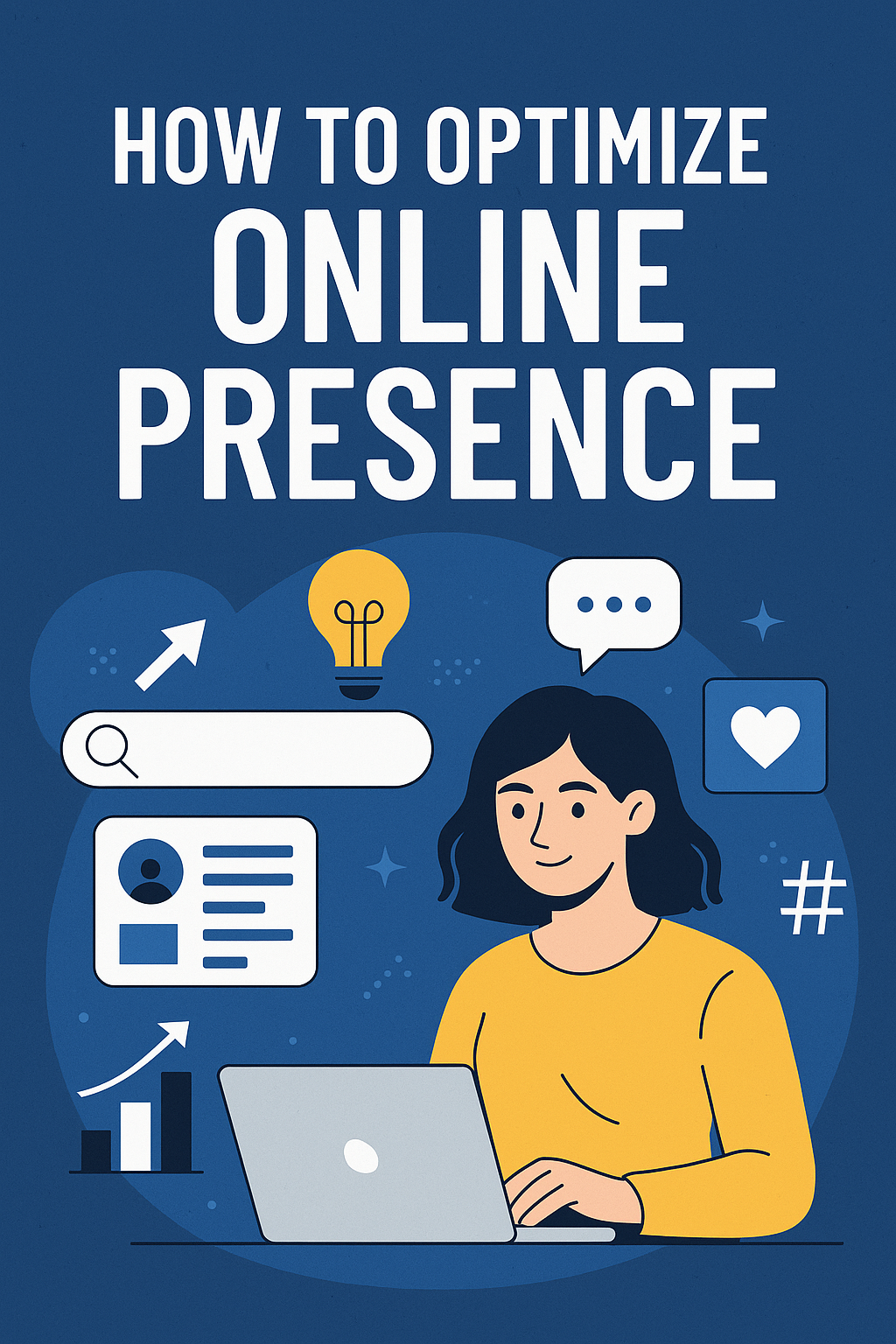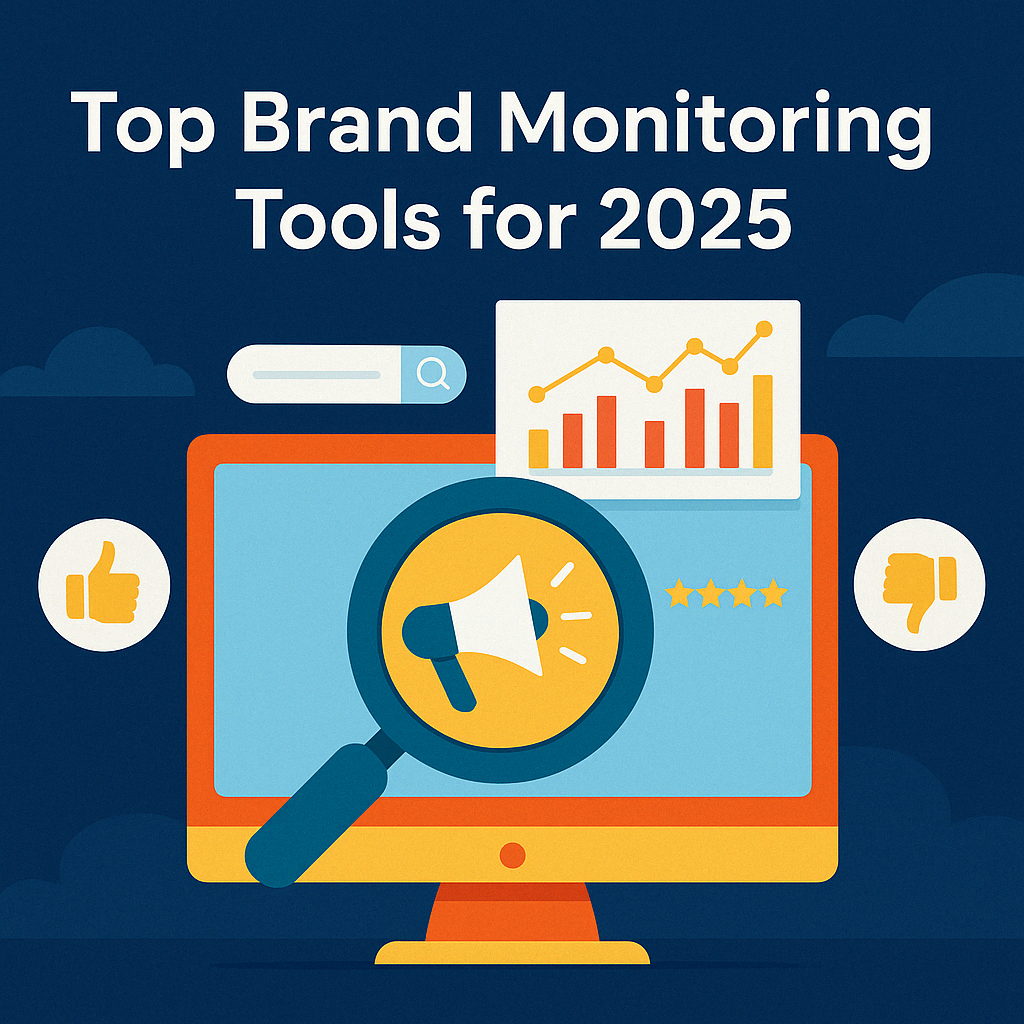Why Personal SEO Is More Important Than Ever
Whether you’re a business owner, job seeker, executive, student, or creator—your name is your brand. People Google others before meeting, hiring, partnering, dating, or investing. A single outdated article, mugshot, or negative review can sabotage credibility.
This is why personal SEO—the practice of optimizing Google search results for your name—is no longer optional. It’s your first impression, resume, and background check rolled into one.
Common problems that personal SEO can fix:
- Negative or irrelevant news articles
- Outdated online profiles
- Embarrassing images or videos
- Court records or mugshots
- Incorrect autocomplete suggestions
- Inconsistent branding across platforms
Optimizing your presence empowers you to control Google search results, reclaim your narrative, and guide others to the best version of your identity.
Personal SEO also improves your chances of being found for positive reasons—such as job opportunities, media interviews, business collaborations, and public speaking engagements. It becomes a powerful tool not only for damage control but also for personal branding and growth.
How Google Ranks Your Name: What You’re Up Against
Before diving into the strategy, it’s important to understand the mechanics. Google’s algorithm evaluates:
- Relevance: How closely a result matches the search term
- Authority: Domain trust and credibility
- Engagement: Clicks, bounce rate, and time on page
- Freshness: How recently the content was published
- Diversity: Types of content (news, video, images, profiles)
When it comes to personal searches, the algorithm often prioritizes:
- LinkedIn profiles
- Personal websites or portfolios
- High-authority news outlets
- Government databases (e.g., court records)
- Social media channels
To control search results, you must outperform or outrank these content types by building more engaging, consistent, and trusted alternatives.
Step-by-Step Guide to Optimizing Google Search Results for Your Name
Step 1: Audit Your Current Online Presence
Start with a Google search of your name:
- Try multiple variations (e.g., “John A. Smith,” “John Smith Texas,” etc.)
- Search incognito to avoid bias
- Document the first 3 pages of results
Use tools like:
- Google Alerts
- BrandYourself
- Google Search Console
Identify:
- Positive content worth promoting
- Negative or irrelevant results
- Gaps in visibility
Also assess image results, video placements, and Google News content.
Step 2: Secure and Optimize Your Own Web Properties
You can’t control the internet, but you can control your assets. Own the domains and profiles most likely to rank:
Essential Domains:
- [yourfullname].com
- [yourfullname]online.com
Build a Personal Website That Ranks
- Use your full name in the domain and page titles
- Include a professional bio
- Publish blog posts around your industry or interests
- Link to social profiles
- Use schema markup (e.g., Person schema)
- Add an About page, Media page, and Portfolio if applicable
Example snippet:
<script type="application/ld+json">
{
"@context": "https://schema.org",
"@type": "Person",
"name": "John A. Smith",
"url": "https://www.johnasmith.com",
"sameAs": [
"https://www.linkedin.com/in/johnsmith",
"https://twitter.com/johnsmith"
]
}
</script>Step 3: Dominate Social Media With Consistency
Claim and optimize accounts on:
- Twitter/X
- YouTube
- TikTok
- Medium
Best practices:
- Use the same profile photo and username across platforms
- Include your full name in bios and URLs
- Link between platforms and your personal website
- Regularly post updates or content to maintain visibility
Google tends to favor platforms it recognizes. Optimizing multiple social media properties helps you control the narrative by occupying more search real estate.
Step 4: Publish Authoritative Content Regularly
To push down irrelevant or damaging results, publish content that Google will rank above them:
Types of Content That Work:
- Blog articles (on your site and Medium)
- Guest posts on industry blogs
- Podcasts or interviews
- Press releases
- YouTube videos (even simple Q&As)
- Public speaking engagements turned into blog recaps or recordings
Content Ideas:
- “Top 5 Lessons I’ve Learned in [Your Industry]”
- “What Most People Get Wrong About [Your Profession]”
- “My Journey From [Challenge] to [Accomplishment]”
- “What [Your Name] Is Doing to Give Back”
Consistency in publishing also boosts domain freshness, which can improve rankings.
Step 5: Get Featured on High-Authority Sites
Media mentions and backlinks from trusted sites can significantly boost your own properties.
Tactics:
- Submit op-eds to reputable publications
- Apply to be featured in business directories or “Top Expert” lists
- Use services like HARO (Help a Reporter Out)
- Collaborate with local media for community coverage
- Get included in podcast guesting directories or speakers’ networks
Step 6: Suppress Negative or Irrelevant Results
When removal isn’t possible, use SEO to bury harmful results:
- Build high-authority backlinks to your positive assets
- Optimize metadata and keyword relevance
- Use internal linking from one owned property to another
- Focus on content targeting search terms associated with negative content
For example:
- Link your LinkedIn from your personal blog
- Mention your blog in your Medium bio
- Embed your YouTube channel on your homepageThe more interlinked your positive content is, the more it signals credibility to Google.
Step 7: Monitor and Maintain With Real-Time Tools
You can’t just set it and forget it. Set up a monitoring and maintenance plan:
- Weekly Google searches (incognito)
- Monthly blog or content updates
- Quarterly review of backlink health
- Set alerts for name mentions, brand references, and negative keywords
Tools to use:
- Brand24
- Mention
- Google Alerts
- Moz or Ahrefs for backlink monitoring
What If You Have Negative Content on Page 1?
1. Try to Remove It
- Contact the webmaster with a polite request
- Use Google’s Outdated Content Removal Tool
- If defamatory or legally removable, consult with experts
- Pursue removals based on copyright, expungement, or privacy violations
2. Suppress It With Strategic SEO
- Create 10+ pieces of positive content
- Launch press releases and directory listings
- Strengthen backlinks to positive pages
- Engage audiences on social platforms that you control
Use anchor text strategically to target common negative phrases with your name.
3. Work With a Professional Team
OptimizeUp provides:
- Content removal assistance
- Suppression campaigns for harmful results
- Personal branding and SEO strategy
- Long-term reputation monitoring
- Entity building to shape Google’s understanding of your identity
Request a personalized consultation to start fixing what Google shows about you.
Frequently Asked Questions (FAQ)
You can’t erase your name from Google entirely, but specific content can be removed if it violates privacy or defamation laws.
Most reputation improvement campaigns take 3–6 months, depending on your existing presence and goals. Complex or legal issues may take longer.
A website isn’t required but highly recommended. It acts as the cornerstone for your SEO strategy and can outrank most third-party sites.
Yes, if suppression is done ethically through content creation and SEO. Removal must comply with copyright and defamation laws.
Google Alerts
BrandYourself
Brand24
Google Search Console
Ahrefs or SEMrush for advanced tracking
Works Cited
Google Search Central. “How Search Works.” https://www.google.com/search/howsearchworks/
Forbes. “Why Managing Your Online Reputation Is More Important Than Ever.” https://www.forbes.com/sites/forbesagencycouncil/2023/01/17/why-managing-your-online-reputation-is-more-important-than-ever/
Search Engine Journal. “What Is Personal SEO?” https://www.searchenginejournal.com/personal-seo/
Harvard Business Review. “Why Your Online Reputation Matters.” https://hbr.org/2018/11/why-your-online-reputation-matters





